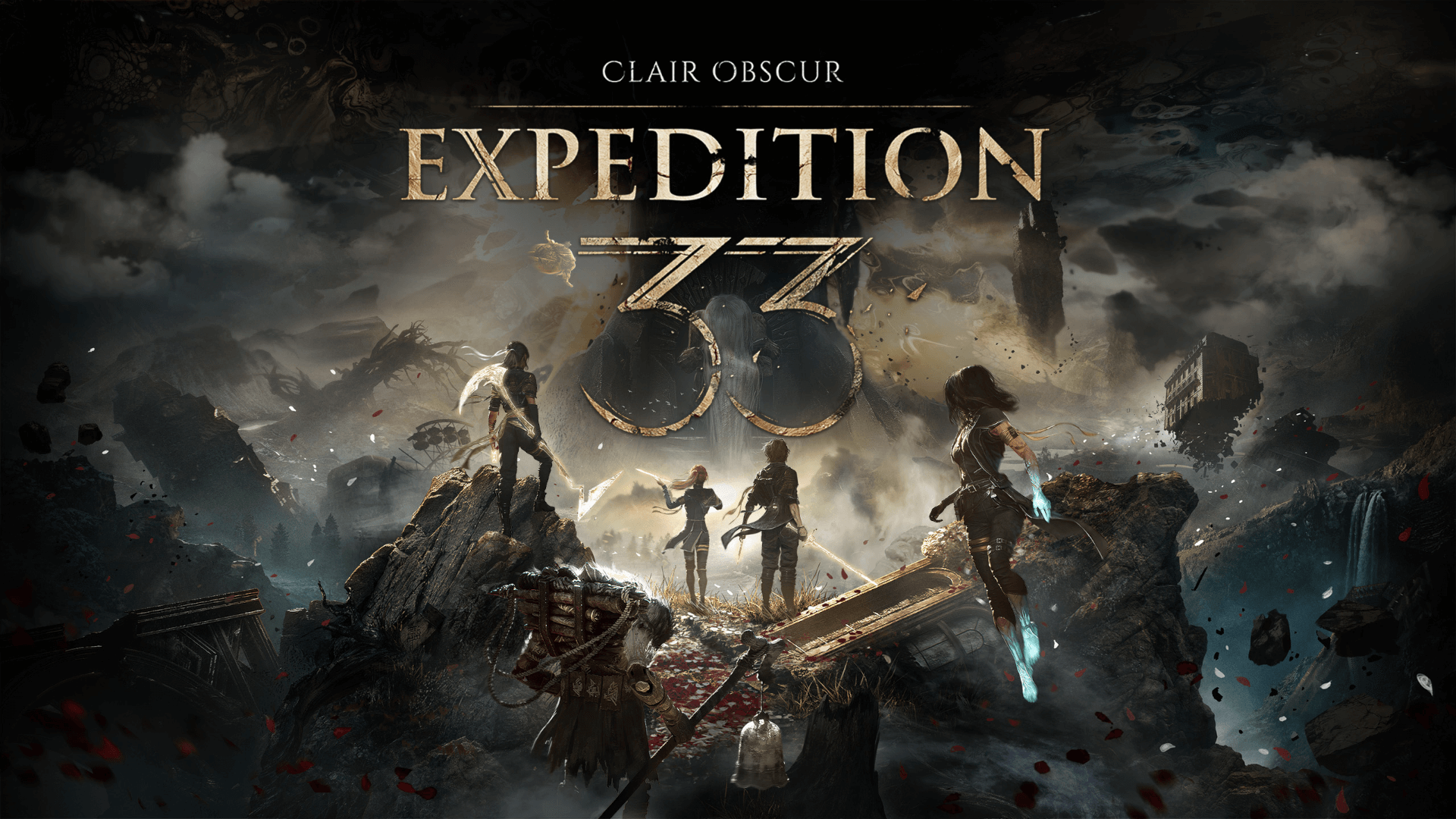News: Harvester Retrospective - The Controversial Cult Classic of 1996
✪ Introduction
In the annals of video game history, few titles have sparked as much controversy and fascination as
Harvester.
Released on September 24, 1996, by DigiFX Interactive and published by Merit Studios, this point-and-click
adventure game pushed the boundaries of acceptable content with its graphic violence, sexual themes, and
disturbing imagery.
Set in the enigmatic town of Harvest, the game weaves a tale of amnesia, mystery, and moral choices, all delivered
through live-action full-motion video (FMV) sequences that were both praised and criticized for their execution.
Despite-or perhaps because of-its contentious nature, Harvester has endured as a cult classic, inviting players
and critics alike to revisit its twisted narrative and reflect on its place in the evolution of gaming.
This retrospective aims to explore its plot, development, gameplay, reception, and legacy, offering a detailed
look at why it remains a polarizing yet intriguing piece of gaming history.
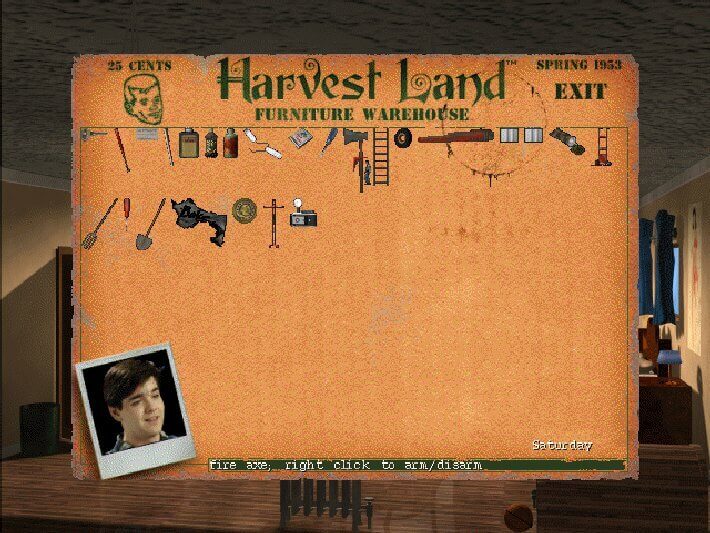
✪ Plot Summary and Setting
Harvester thrusts players into the shoes of Steve Mason, who awakens in the town of Harvest with no recollection
of his past. The year is 1953, and the town exudes a veneer of idyllic Americana, complete with white picket
fences and friendly neighbors.
However, something is amiss: everyone claims to know Steve, yet he remembers nothing. As he navigates this surreal
environment, Steve encounters a cast of eccentric characters, each more bizarre than the last, all while being
pressured to join the Order of the Harvest Moon, a secretive organization that holds sway over the town.
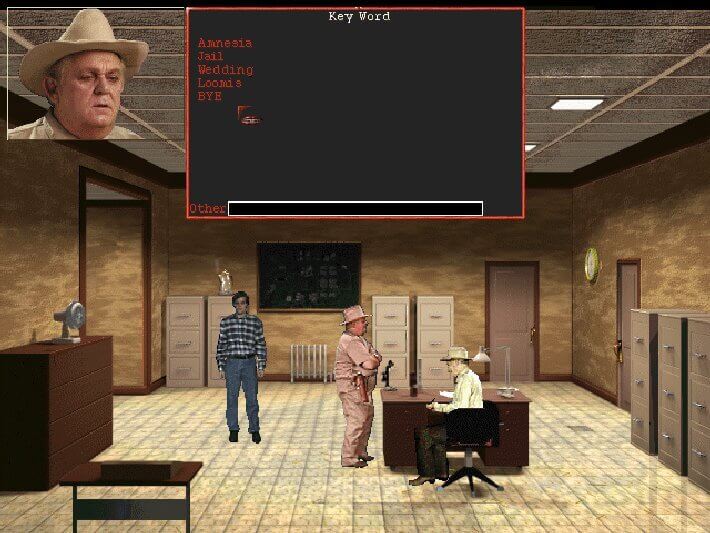
Among the town's peculiar residents are Steve's supposed family, including his overbearing mother and his father, who is obsessed with television. There's also the sheriff, who enforces the town's draconian laws with an iron fist, and Mr. Pottsdam, Stephanie's father, who guards his daughter's room jealously. Each character contributes to the oppressive atmosphere of Harvest, forcing Steve to navigate a web of deceit and manipulation.
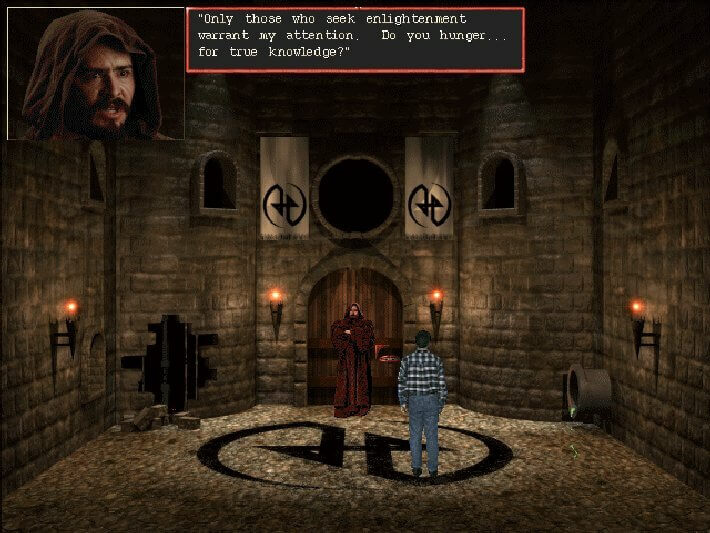
To gain entry into the Order, Steve must complete a series of tasks that escalate from petty vandalism to heinous
acts of violence, including murder. Along the way, he uncovers clues about his true identity and the nature of
Harvest itself. The game's climax reveals that Harvest is a virtual reality simulation designed to transform Steve
and his fiancée, Stephanie Pottsdam, into serial killers.
Faced with a harrowing choice, Steve must decide whether to embrace his violent tendencies or reject them, with each
path leading to dramatically different outcomes. One ending sees Steve killing Stephanie and becoming a murderer, while
the other allows them to live in the simulation, though they die in real life.
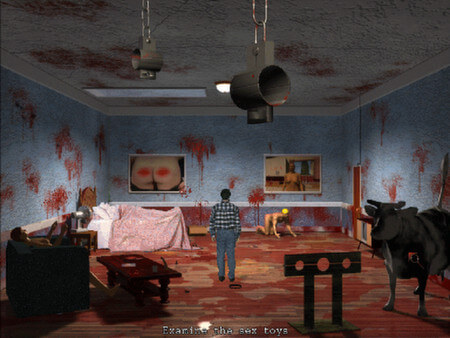
The game is notorious for its graphic and unsettling content, including scenes of torture, mutilation, and sexual
exploitation. One particularly infamous sequence involves a baby being subjected to horrific abuse, such as tarantula
eggs and wasp infestations, with eyes popping out, which serves to shock the player and underscore the game's themes
of desensitization and moral decay.
Sexual content is also prominent, with a sex scene involving Stephanie and her father watching, as well as Steve being
propositioned by his mother, leading to his death from an STD. These elements, while controversial, are integral to
the game's exploration of taboo impulses and its meta-commentary on video game violence.

✪ Development History
The genesis of Harvester can be traced back to 1994, a time when the video game industry was under intense scrutiny
for its portrayal of violence. Amidst the backdrop of Senator Joseph Liebermann's hearings on video game content,
Harvester was announced with the bold claim of being the "most violent adventure game of all time."
Developed by FutureVision, which later became DigiFX Interactive, the game was helmed by Gilbert P. Austin, who also
served as its writer and director. Rumors suggest it began as a concept for Phantasmagoria 2, but it evolved into
its own entity, with Austin's final game credit and no prior horror experience, adding to its unique development
story.
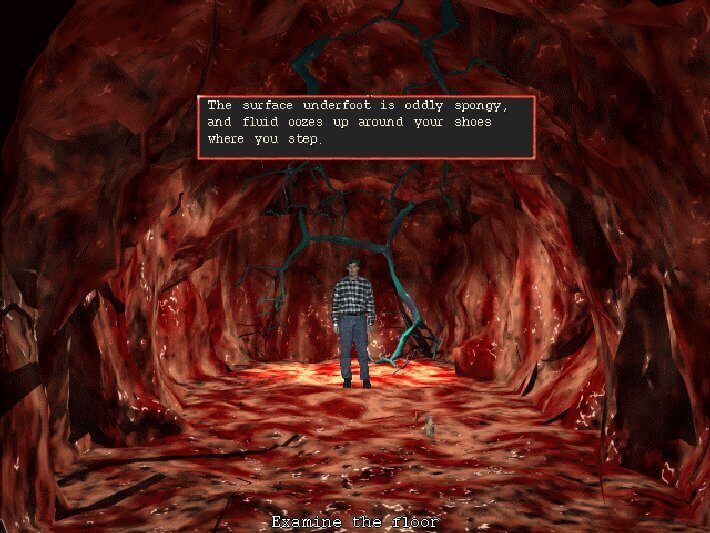
With a budget of $1 million, Harvester was an ambitious project that utilized live actors filmed against green
screens, a technique that was cutting-edge for its time but resulted in what some critics described as "janky"
visuals. The game's development was protracted, taking two years to complete, largely due to Austin's insistence
on maintaining the game's graphic content without censorship.
This stance led to Harvester being banned in Germany and having certain scenes, like the "Mystery of Motherly Love,"
excised in other regions, such as the UK and Australia, before its release.

Upon its release, Harvester was met with a polarized reception. While some lauded its audacity and the unsettling
atmosphere it created, others decried its gratuitous violence and convoluted plot. The game's producer, Lee Jacobson,
even sought publicity by demanding it be added to a list of excessively violent games by family psychologist David
Walsh, an action described as "shameless" by gaming journalist Christian Svensson.
Despite these controversies, Harvester found a niche audience and was later re-released on digital platforms like
GOG.com and
Steam
on March 6 and April 4, 2014, respectively, introducing it to a new generation of gamers.

✪ Gameplay and Mechanics
At its core, Harvester is a point-and-click adventure game, a genre that was immensely popular in the 1990s.
Players interact with the environment by clicking on objects and characters, engaging in dialogues, and solving
puzzles to advance the story. The game's interface is straightforward, with an inventory system for collecting
and using items, and a cursor that changes to indicate possible actions, such as talking, using, or attacking.

What sets Harvester apart is its integration of live-action FMV sequences, which were used for both cutscenes
and in-game interactions. This approach aimed to create a more immersive and cinematic experience, though it
was hampered by the technological limitations of the time, resulting in somewhat awkward animations and lip-syncing
issues.
The game's puzzles range from the logical to the absurd, often requiring players to think outside the box or engage
in morally questionable actions. For instance, one puzzle involves obtaining a key by committing arson, while another
requires stealing from a neighbor. These tasks not only serve to progress the plot but also to desensitize Steve-and
by extension, the player-to violence and wrongdoing, tying into the game's overarching themes.
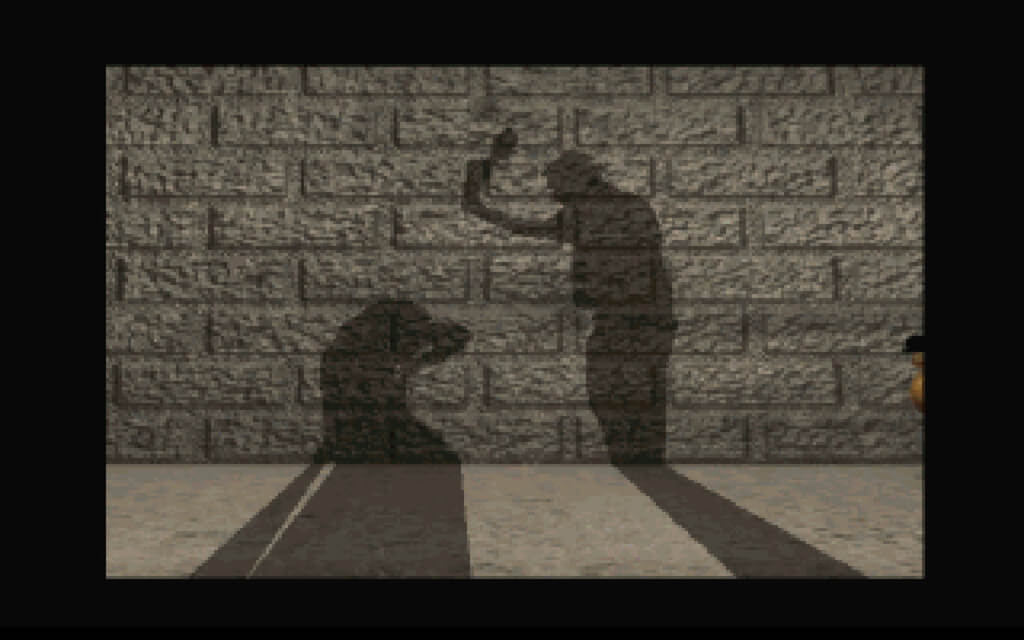
Unique gameplay elements include adjustable censorship options, allowing players to turn off gore scenes with a black screen and text, password-protected for added control. The game also features a weapon-shaped icon for attacking, though this is puzzle-specific, such as advancing the plot at certain points. Notable moments include a nuclear missile launch if responding "Comrade" to a general, and fire department scenes with homosexuality stereotypes, adding to its controversial nature.
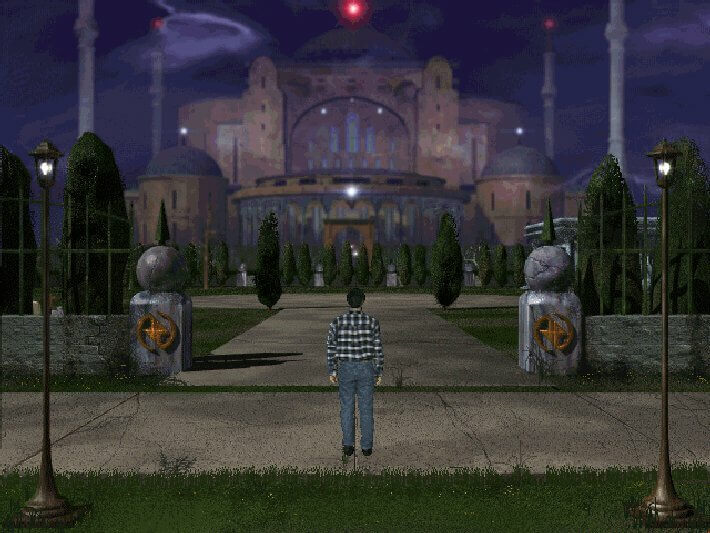
✪ Reception and Legacy
Upon its initial release, Harvester received a mixed critical reception, as evidenced by its "mixed or average"
score on review aggregator Metacritic. Despite initial criticism, Harvester has maintained a dedicated fan base
and is often cited in discussions about controversial video games.
Community opinions, as seen on platforms like Reddit, vary, with some appreciating its insanity and nostalgic value,
calling it a "perfect snapshot of mid-90s PC gaming", while others critique its janky execution, poor writing, and
obtuseness, suggesting it's best enjoyed streaming with friends and beers.
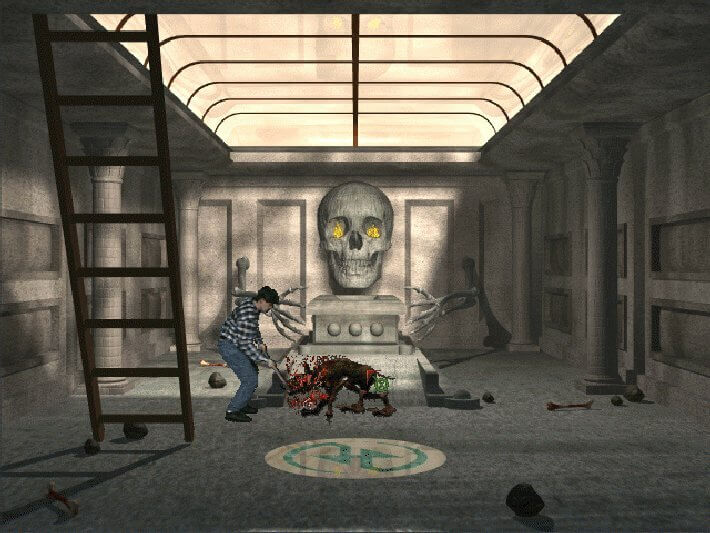
The game's meta-narrative, which questions the effects of video game violence on players, adds another layer to its legacy. By placing Steve in a simulation designed to turn him into a killer, Harvester directly engages with the debates of its time, challenging players to consider the implications of their in-game actions. This aspect, combined with its availability on modern platforms like GOG.com and Steam, has kept it alive for new audiences and established its cult status over the past two decades.

✪ Conclusion
More than two decades after its release, Harvester remains a polarizing yet intriguing piece of gaming history.
Its blend of horror, satire, and social commentary, delivered through the lens of 90s FMV technology, offers a
unique experience that continues to captivate and disturb.
Whether appreciated for its shock value or analyzed for its deeper messages, Harvester's legacy endures as a
testament to the medium's capacity for both entertainment and controversy, standing as a unique artifact of 90s
gaming culture that invites ongoing discussion and reflection.
